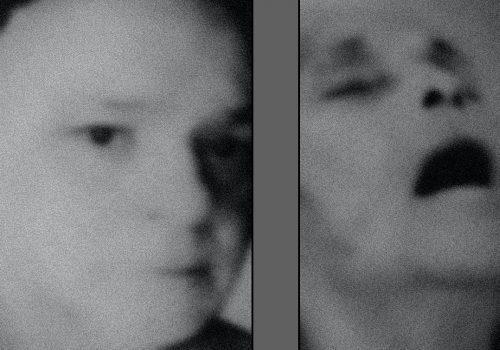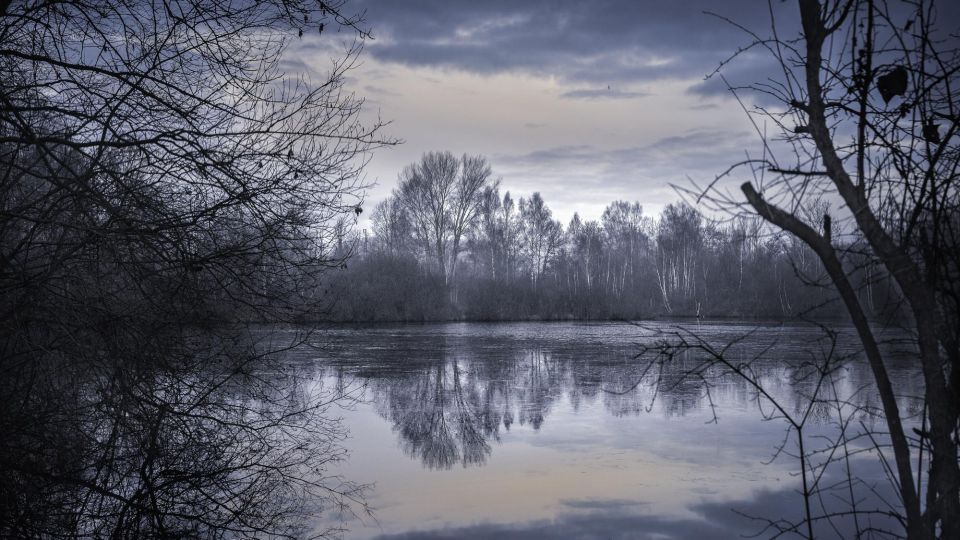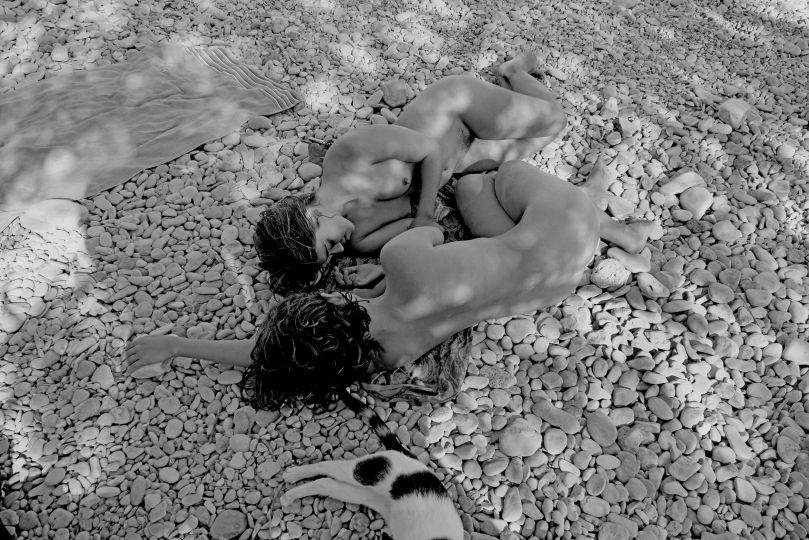The Lost Ones: Dark Self-Portraits (2017-19)
My approach to the self-portrait, as a resembling or disfigured portrait, is the photographic genre that I have been practicing since the last years of 1990. This production is led, directly or indirectly, by the reference to the enlarged autobiographical dimension.
If I state that my self-portraits represent me first, I express that they also become – in the narration of the whole corpus – portraits of characters from marginality, a marginality that is both fictitious and real . In this sense, my relationship to marginality is linked to my personal life history (homosexuality, rejection and intimidation of male chauvinists, depression) and to my family history (madness) as it is constantly reshaped, in my imagination, by my hyperactive relationship to artistic creation and my anthropological link to symbolism. Like me – appearing in the self-portrait – these characters are lost, either the trannies and the trans-genres (No 5, 15) and more particularly the crazy ones (Nos 2, 3, 4, 6, 7, 8, 9, 10, 11, 12, 13, 14, 16, 17)
The lost ones is the title which seemed to me the most relevant to name this series. First, it manifested spontaneously without my knowledge. Then after reflection, I felt the overwhelming impact it had on me by raising, instantly, my pushbacks in the face. The lost, it is a “category” as we say a “gender”, a reality which is inevitable for me, deeply rooted in me, with which I have little identity and psychological distance and which I try to define here in words.
The lost ones are beings troubled by an immense loss. My mother died about three weeks ago since the preparation of this photographic dossier (No 1). Lost, I survive his death, I am not desperate but I am different and this different way of being in the world, troubled by lack, I endure it more than I understand it. Lost, by this loss, I withdraw, without desire, another loss that hurts me.
The lost are also people who are geographically lost, confused, disoriented, who do not easily find their way because they suffer from abandonment and they do not believe in themselves or because they are symbolically blinded, not to say blind in a metaphorical sense (No 3, 12, 13, 14). A few years ago, in the cities where I was traveling alone, I had this feeling of distraction / blindness that made me feel dizzy and nauseous until the fear of fainting manifested. I felt I had no control over my affects and was totally hopeless until I could get back on my feet.
The lost ones are also who lost the faith, the hope: those who have nothing more to believe and I do not speak here of religion although in my photos the cross is often present. What I seek to symbolize by the cross is the relationship to destiny: said “bear his cross” this biblical metaphor reminds us that we are beings who must endure and challenge our trials for which we are solely responsible. “To carry one’s cross” is to advance painfully in one’s destiny towards death, the loss of all vital energy.
Crazy people are lost in the face of our normalization system and our supposedly logical reasoning for what seems to us to be real. We say crazy people that they have lost touch with reality, our reality. We say madmen that they have lost their reason, our reason. Traumas, delusions and panic attacks make people who use language differently mad. They feel misunderstood because they attribute a meaningless meaning to real or imaginary events that our logic does not allow us to decode. The fools are those who have lost inner peace now replaced by integration anxiety. If from my self-portraits I represent imaginary characters that I associate with madness I do not extrapolate: it exists, I know what I am talking about, and madness always has the family as its anchor.
Photography is my safeguard: it allows me to confront my losses and to heal my being. Photography is vital to me. The self-portrait is demanding. It tirelessly involves self-control, but it is for this reason that we choose it. I can relate it to the self-talk on which psychological therapy is based. But, what fascinates the self-portrait photographer is the discovery of the diversity of self-images which often assert themselves unconsciously and which, afterwards, allow them to understand and accept that “I am a Other ”.
Claude-Maurice Gagnon
















